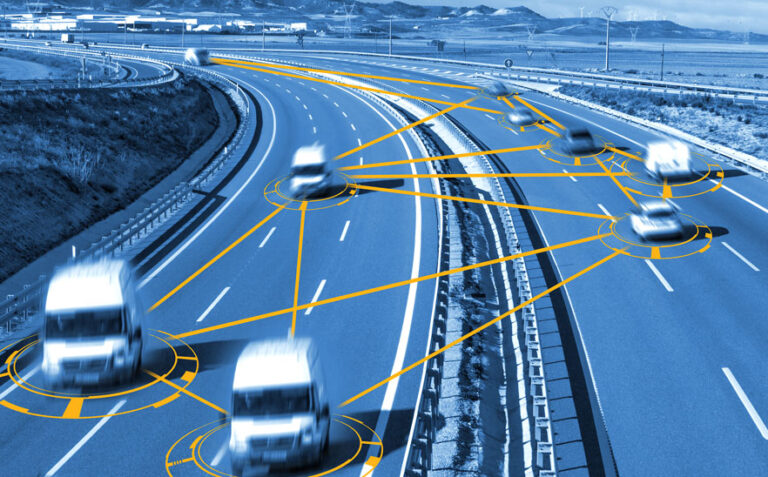– By Caroline Falls –
NEC’s technology evangelist Walter Lee envisions a greener future thanks to the fourth industrial revolution underway, bringing digital tech inspired cleaner solutions, including in transport.
“The winds of change are sweeping how you live, work and play,” Lee said at a NEC sponsored breakfast for analysts and media in Sydney in late May.
He talked about 5G and how the internet of everything will unleash autonomous vehicles, how digital technologies, including systems developed and deployed by NEC, are making cities safer and greener.
“The idea of a sharing economy will continue to increase our efficiency and reduce, most importantly, wastage which creates a tremendous amount of carbon footprint,” Lee said in an interview with Fleet Auto News after the event.
“Imagine the day of electric autonomous vehicles — what happens if you walk up the streets of Sydney? You can hear the birds chirping because there won’t be carburettors, children can walk along because there won’t be emissions or smoke. The city will become clean, quiet,” said Lee.
Lee talked about a rollout of NEC facial recognition technology by Delta Airlines in the U.S., and how it has brought about a faster, seamless check-in for passengers, saving up to nine minutes. Artificial intelligence has sped up development of biotechnology used in facial recognition so much so that already people don’t need to stop at a camera and can just keep walking through, Lee said. They can leave hats on and even face masks. The technology is based on mathematics and measurements of key facial points, such as space between the eyes, rather than colour. NEC’s facial recognition technology will be used to admit spectators and athletes at the Tokyo 2020 summer games, the first time such has been employed at an Olympics event.
Lee also talked a bit about NEC’s role in the development and commissioning of AI in driverless trains in the WA heavy metals industry.
NEC and Rio Tinto worked together to unveil mid-2018 an autonomous train from Rio’s Tom Price iron ore mine in the Pilbara to Cape Lambert port. The train consisting of three locomotives and travelling the 280 kilometre route was monitored remotely from Rio’s Perth-based operations centre. NEC holds design patents for the units used to communicate from trains to the control centre.
“The objective of the project is not to remove the driver, the objective is to reduce human error. Issues related to train operation can be managed on the fly, especially for transportation,” Lee told the seminar.
Strides in technology and surveillance to detect terrorist vehicle threats in recent years and the increasing role of artificial intelligence in the future are discussed in a white paper co-authored by Lee, “How digital technology can be the difference in making cities safer”.
Meanwhile, all eyes are on the progress of 5G, which is only in use in pilot setups elsewhere in the world, namely in South Korea, Japan, China and the US. But for 5G to work effectively in the public transport domain there needs to be inter-country co-operation. Could growing trade tensions and shifting geo-political alliances get in the way of the international cooperation required for the deployment of 5G.
Above all, this transport revolution promises cuts in road injury and death. “This is a wonderful outcome,” said Lee, adding, that with the proliferation of sensors “Traffic lights should be talking to the car, pedestrians talking to the car. We already do that on the trains, now we can do that for cars and buses and increase safety and efficiency of mass transport.”






